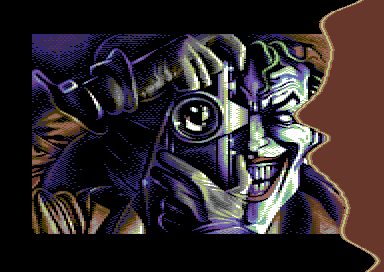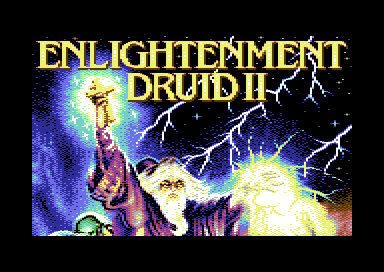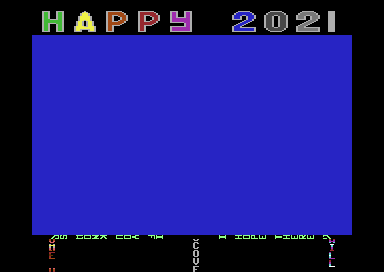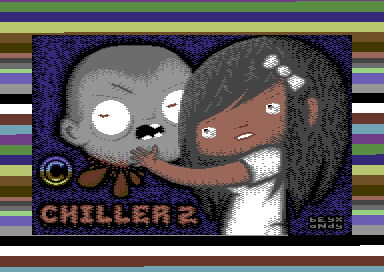The C64 was well known for it's SID music chip. There were a few early samplers out there at that time, but quality+price-wise they could not tip to the C64 (except for the RAM part) at least, until the amiga came around.
So the second music software I bit my teeth on was
MicroRhythm+, a small sampler which sound like this
Here is micro-vocal (which has a vocal subset of samples):
It features 4 bars, and you could string these together to get a long beat.
Here is a micro-rhythm with drums samples example (just a few seconds before the youtuber starts making music on top of the C64 sounds):
There was another featuring the guitar sample from "owner of a lonely heart" by Yes. And you could actually recreate their song pretty accurate.
Musical notation is well established for classical (normal instrumental) music. But for beatboxing you need a special notation. Micro-rhythm was my first encounter with a way to write down beats.
Here is VerbalACE reading and interpreting his notation out loud:
But it was only when the Amiga came out that we got the MOD music modules. Here's a DJ explaining how he got started and a small cameo/picture of Fatboy Slim with his gear:
And we got gems like "Guitar Slinger" (by Jogeir Liljedahl) but that's Amiga, not C64:
But with a bit of C128 basic you could play a sample:
Auf YouTube findest du die angesagtesten Videos und Tracks. Außerdem kannst du eigene Inhalte hochladen und mit Freunden oder gleich der ganzen Welt teilen.

www.youtube.com








